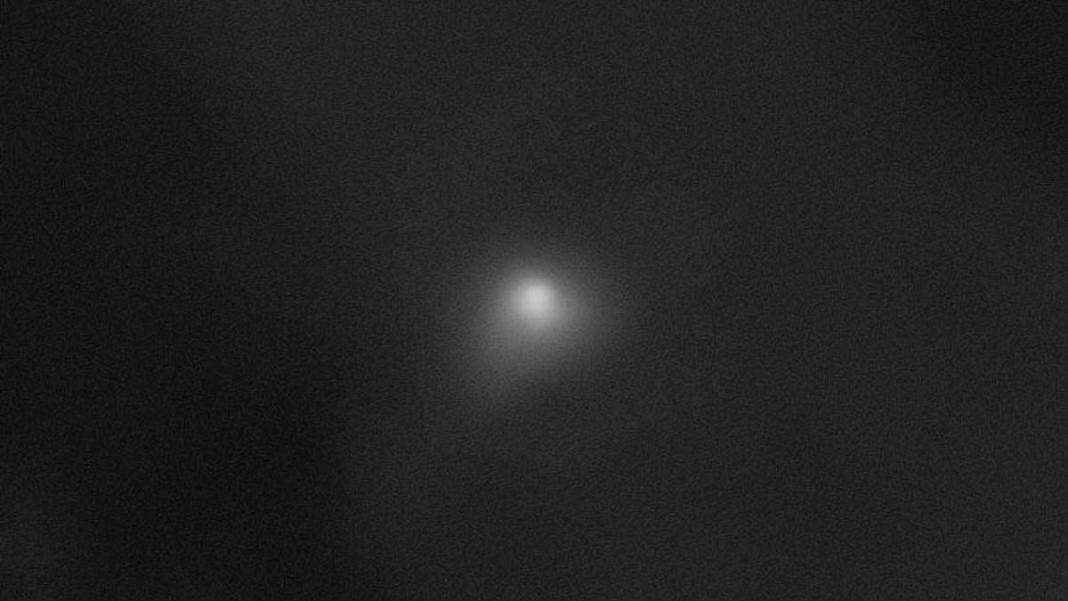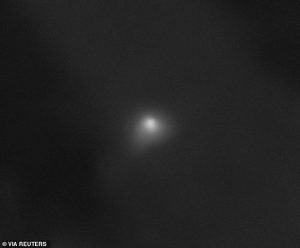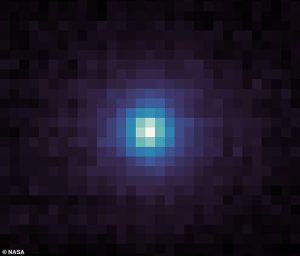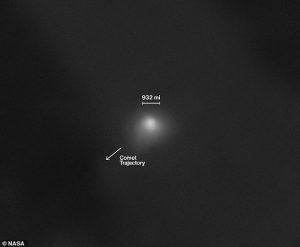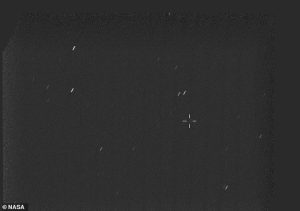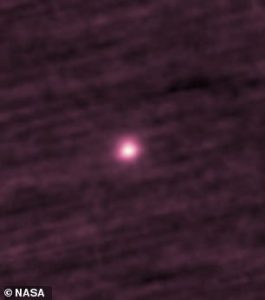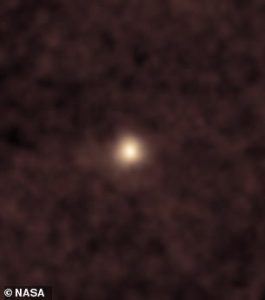NASA Confirms Mysterious Space Object 3I/ATLAS is a Comet, Not Alien Craft
NASA has definitively identified the mysterious interstellar object 3I/ATLAS as a comet, ending speculation about potential alien origins. High-resolution images from three Mars spacecraft confirm the object’s cometary nature, showing characteristic dust and ice features.
Key Findings
- NASA’s Mars spacecraft captured 3I/ATLAS from 18 million miles away
- Images reveal classic comet features including dust and ice coma
- Object poses no threat to Earth, remaining 170 million miles away
- Third known interstellar visitor to our solar system

‘We want very much to find signs of life in the universe… but 3I/ATLAS is a comet,’ stated Amit Kshatriya, a senior NASA official, during Wednesday’s press conference.
Detailed Imaging Analysis
NASA’s HiRISE camera captured the comet as a fuzzy white ball at 19 miles per pixel resolution. The MAVEN spacecraft employed ultraviolet imaging to detect hydrogen emissions, while the Perseverance rover managed to photograph the faint object using long-exposure techniques.

Scientists are now analyzing these combined images to determine the comet’s composition and estimate the size of its nucleus – the central core of ice and dust.
Scientific Consensus vs. Speculation
While most scientists maintained 3I/ATLAS was a comet from its discovery in July, some prominent figures including Harvard researcher Avi Loeb suggested alien technology possibilities. Loeb remains unconvinced, telling AFP: ‘We have to consider the possibility that it’s technological because if it is then the implications for humanity will be huge.’

Astrophysicist Thomas Puzia countered: ‘The facts, all of them without exception, point to a normal object that is coming from interstellar space to us. It’s very dangerous to put speculations ahead of scientific process.’
About Interstellar Comet 3I/ATLAS
As the third confirmed interstellar object to visit our solar system, 3I/ATLAS represents a rare opportunity for scientific study. NASA confirms the comet will remain at a safe distance from Earth, with its closest approach at approximately 170 million miles.
Additional observations from NASA’s STEREO observatory and SOHO spacecraft continue to provide data for ongoing analysis of this exceptional interstellar visitor.
Space Rock Classification Guide
Asteroid: Large rock fragments from early solar system collisions, primarily located between Mars and Jupiter.
Comet: Ice-covered rocks with elongated orbits taking them far beyond the solar system.
Meteoroid/Meteor/Meteorite: Space debris that vaporizes in atmosphere (meteor), survives to Earth’s surface (meteorite), with most originating from asteroids and comets.


